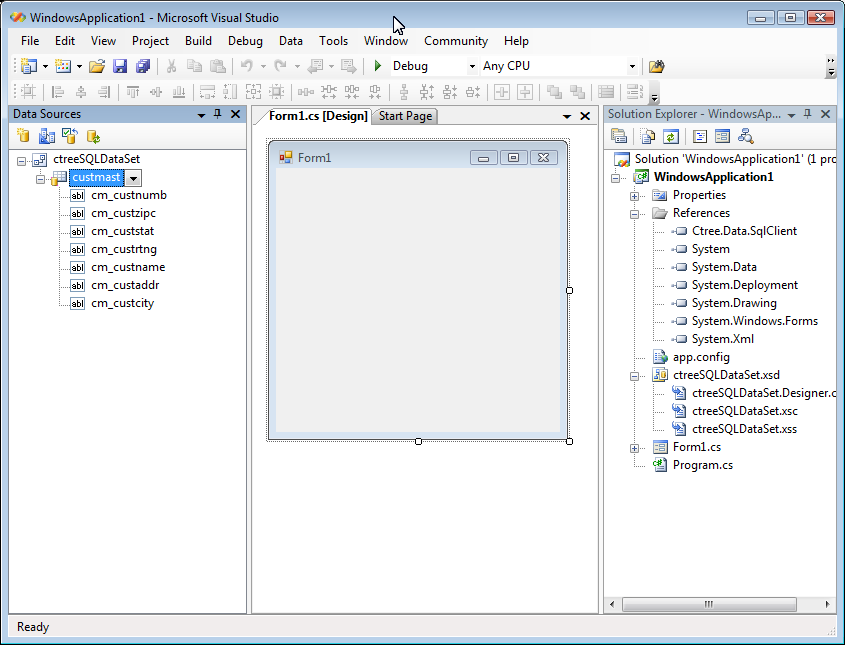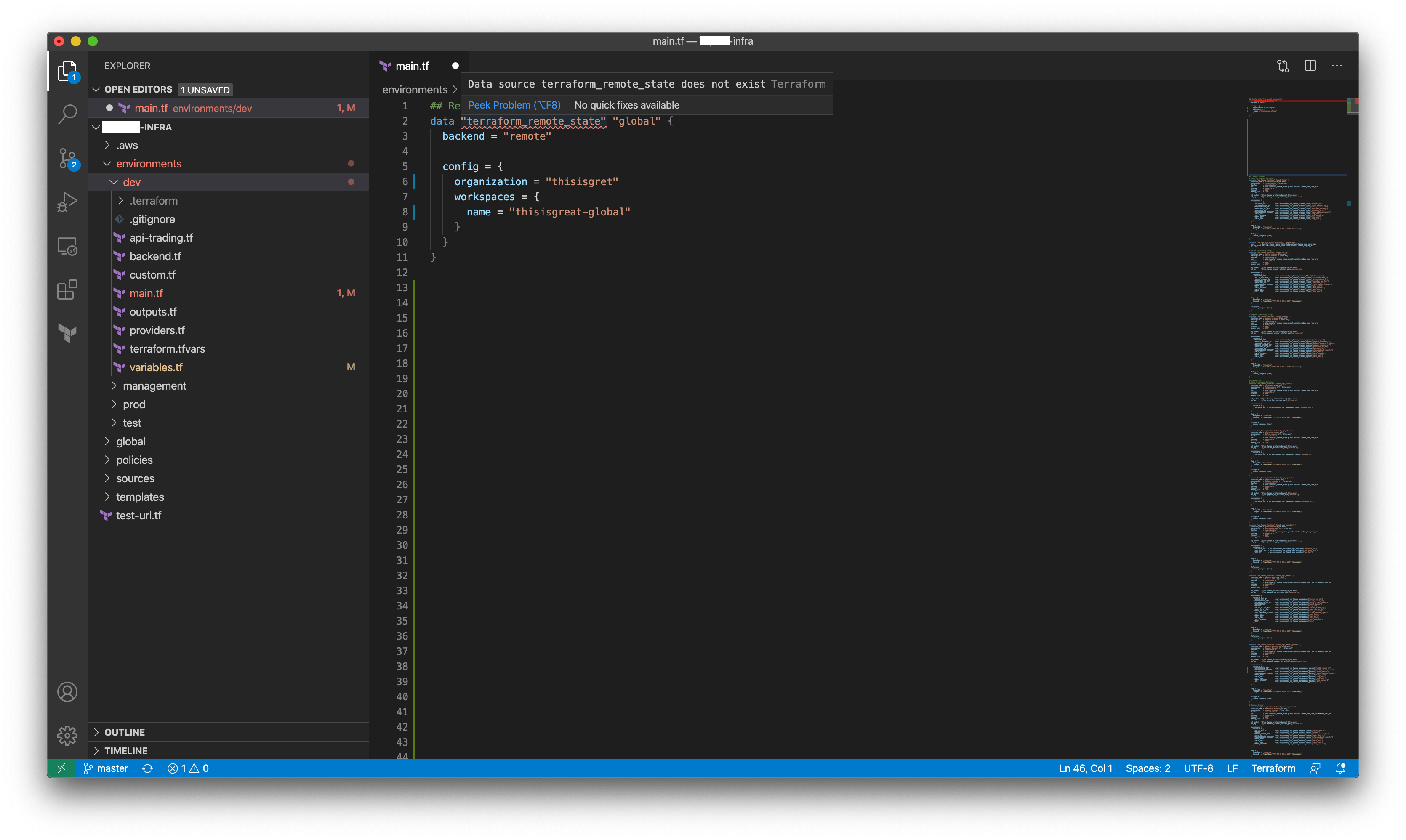

Right click on a property and select Properties.You are basically saying, the primary key from the Student table is a foreign key in the Enrollment table. In the fields below, make sure the principle key is ID from Student, and Dependent Property is StudentId from the Enrollment object. Double click on the relationship line, and under the Principle drop down, select Student. The relationship has been created, but we want to make sure they are identified as foreign keys.The same StudentID can be mentioned in the Enrollments table as a student can enroll in several courses. You can create a custom designer for a custom data generator, or you can use DefaultGeneratorDesigner.
VISUAL STUDIO DATA GENERATOR GENERATOR
You identify the class as a data generator by decorating it with GeneratorAttribute. Under student, select Multiplicity: One and for Enrollment, select Multiplicity: Many. To create a custom data generator, you must create a class that implements IGenerator or inherits from Generator. Select an Enrollment entity and a Student entity.

For every statement in the code, a test input is generated that will execute that statement.
VISUAL STUDIO DATA GENERATOR CODE
NET code to generate test data and a suite of unit tests. If that is your case, you can skip the introduction and go ahead to the “Generate Database from Model” portion of this guide.Ĭreating the project and adding the Entity Framework Model Generate unit tests for fuzz testing by using IntelliTest INCLUDE Visual Studio IntelliTest explores your. I would still recommend you keep a separate ER diagram, but with this neat feature, you can visualize your database directly from Visual Studio and skip all the SQL code for creating your tables. This short guide is also useful if you have an ASP.NET project with Entity Framework, but you have to recreate the database from scratch. With Entity Framework, you can create your entities in Visual Studio and all your tables will be created for you. Generally you would create an ER diagram and manually create all the tables one by one. However, with ASP.NET you can use Entity Framework to generate a database based on an object model. Sometimes creating a database for your applications can be a tedious task.


 0 kommentar(er)
0 kommentar(er)
